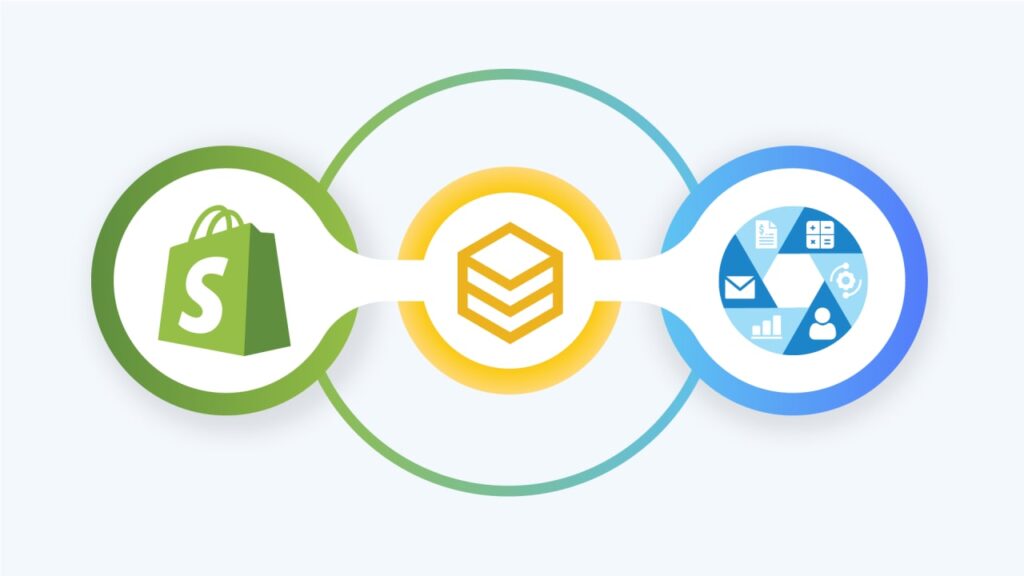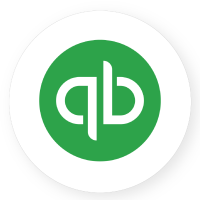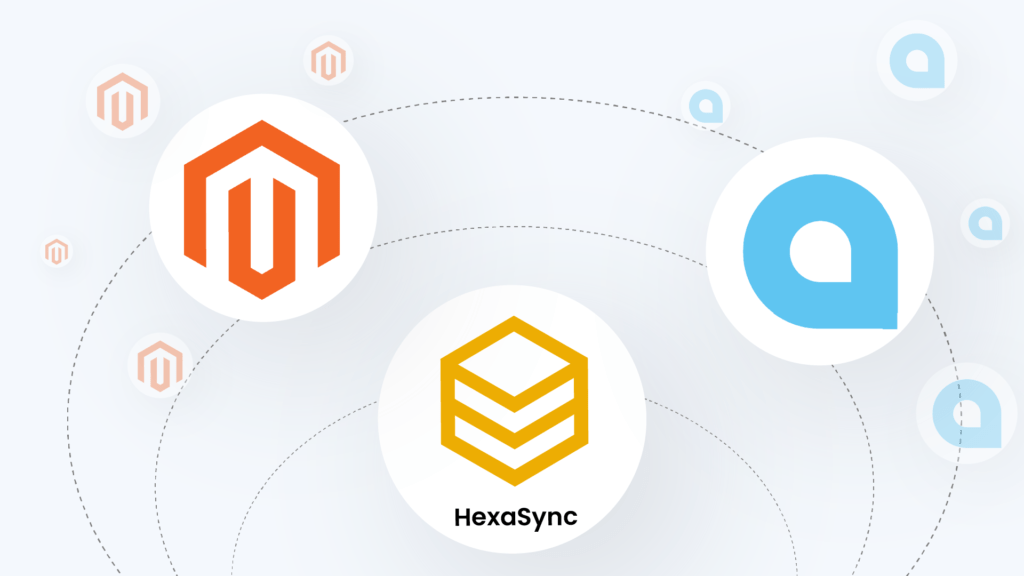Microsoft Dynamics 365 Integration refers to processes that connect and sync data between two or more different systems, applications, tools, or platforms. It enables businesses to leverage their capabilities to improve the quality of their products or services and easily achieve their business goals. So, how do you implement the integration process safely and successfully? In this post, we’d like to offer everything in the Dynamics 365 Integration Guide for Beginners.
Table of Contents
What is Microsoft Dynamics 365 Integration?
Integration is considered a powerful Microsoft Dynamics 365 feature. It refers to the capability of connecting and syncing data in D365 with other systems, applications, or platforms. Microsoft Dynamics 365 integration can help organizations automate business processes, maximize data values, and improve productivity.
Depending on the business goals and capabilities, the leaders will choose one or more integration types. It includes:
- Data Integration: Integrating Dynamics 365 with other data warehouses, databases, or data from third-party applications
- Application Integration: Connecting Dynamics 365 with other business apps or extensions
- IoT Integration: Connecting Dynamics 365 with the Internet of Things devices or platforms
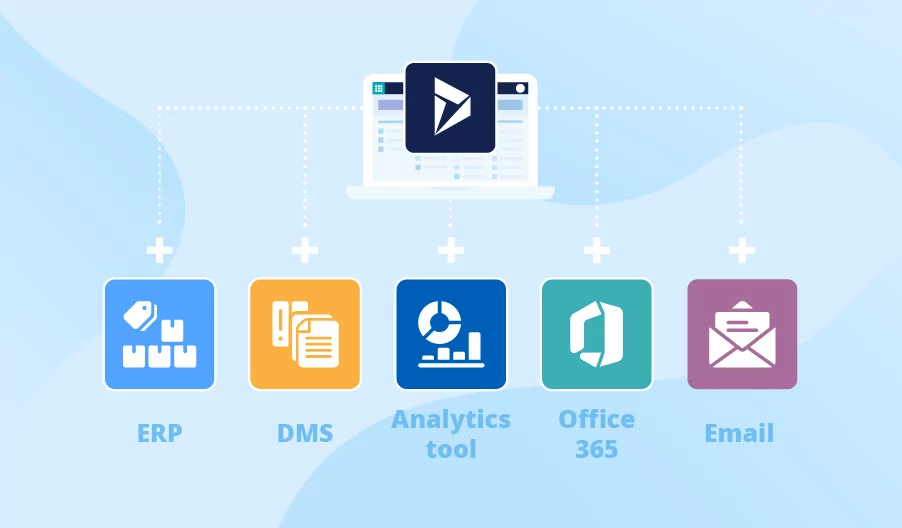
Integration refers to the process of connecting and transferring data between Dynamics 365 and other business systems or applications. It includes Office 365, websites, eCommerce platforms, marketing automation tools, and so on.
Top 3 Ways of Microsoft Dynamics 365 Integration Guide for Beginners
Microsoft Dynamics 365 offers a set of web services and integration tools, like Azure Logic Apps and Power Automate, to enable integration with other systems. These tools can help to seamlessly connect Dynamics 365 with external systems and automate business processes such as data syncing, process management, and workflows.
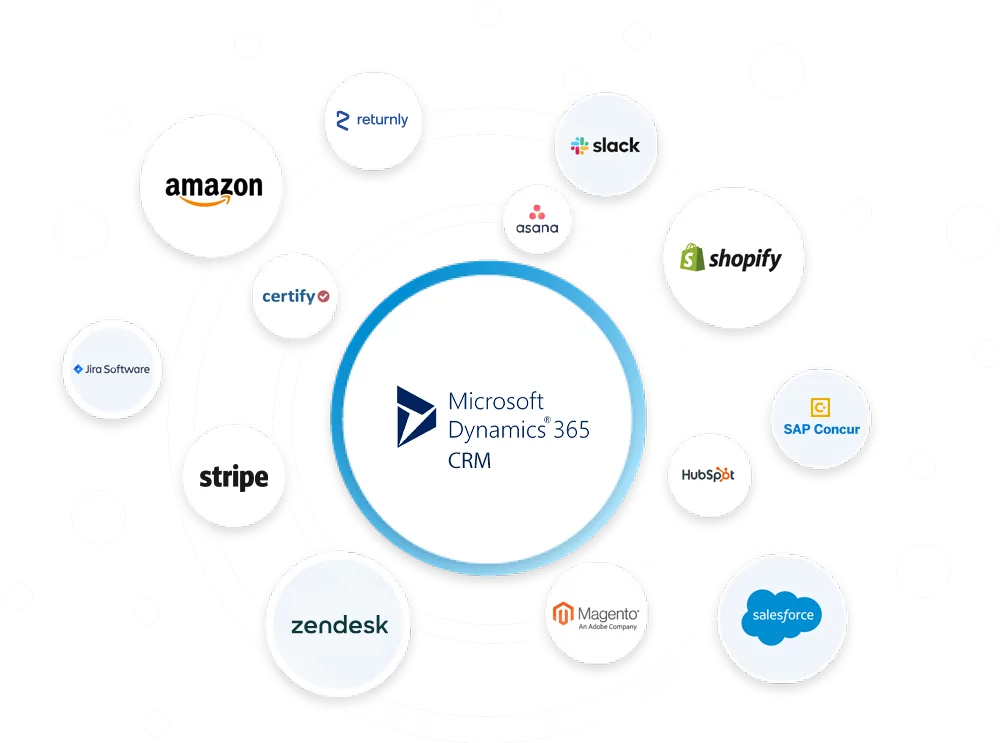
In this Dynamics 365 Integration Guide, we’d like to recommend the top 3 popular ways to integrate Microsoft Dynamics 365 apps with other platforms, systems, and applications. Let’s take an overview of it.
Use a pre-built integration app
The first way of Dynamis 365 Integration Guide for Beginners is by using a pre-built integration app. To implement the Microsoft Dynamics 365 integration, entrepreneurs can install one of the many available apps on the Shopify Store. These apps are typically built to handle simple integration needs. However, scaling is difficult if you have needs that are not met by the app.
Use the Dynamics 365 web services
The next method of the Dynamis 365 Integration Guide for Beginners is by using the Dynamics 365 web services. As we mentioned above, Dynamics 365 includes a set of web services that can be used to connect to the system and retrieve or update data. You can use these web services to build your integration between Shopify and Dynamics 365.
Use a middleware tool
The last way of the Dynamis 365 Integration Guide for Beginners is by using a middleware tool. For complicated integration needs, businesses need to contact the third-party provider that offers the middleware tools to connect Shopify and Dynamics 365. These tools provide a more flexible and powerful way to integrate the two systems.
Microsoft Dynamics 365 Integration Guide: Benefits
Integrating Microsoft Dynamics 365 with other systems can provide several benefits for organizations, including:
Improved data accuracy and visibility
The Dynamics 365 Integration offers capabilities to update data in real-time. Therefore, organizations can ensure that data is accurate and up-to-date across all systems. It also helps leaders make better decisions and reduce errors.
Automation of business processes
The integration enables all business systems to communicate and automatically follow a unified process. For example, triggering a sales or service process when a customer makes a purchase on a website or sends an email
Increased efficiency and productivity
By eliminating the need for manual data entry and minimizing the risk of errors, integration can help organizations increase efficiency and productivity.
Better customer service
Integrating Dynamics 365 with customer service and support systems can help organizations respond more quickly to customer inquiries and provide more personalized service.
Increased scalability
With Dynamics 365 integration, organizations can scale their operations to provide products and services.
Better reporting and analytics
Integrating Dynamics 365 with business intelligence and analytics tools can help organizations gain deeper insights into their operations and make more informed decisions.
Which systems can Microsoft integrate with?
Thanks to its strong integration capability, Microsoft 365 F&O can synchronize with external systems via API and token access. The following list will introduce some of the systems that can connect with Microsoft.
- The other Microsoft products: Office 365, SharePoint, OneDrive, and Power BI to improve collaboration and productivity.
- E-commerce platforms: Shopify, Magento, Wix, and BigCommerce to automate sales and inventory management processes.
- Marketing automation tools: Marketo, Pardot, and Eloqua to automate marketing processes and track customer interactions.
- Customer service and support systems: Zendesk, Salesforce Service Cloud, and Freshdesk to improve customer service and support.
- Supply chain and logistics systems: SAP and Oracle to automate and streamline supply chain and logistics processes.
- Payment gateways: Stripe, PayPal, and Authorize.net; to automate and secure payment processing.
- Social media platforms: Facebook and LinkedIn to track customer interactions and sentiment.
- Cloud-based storage platforms: AWS, Azure, and Google Cloud to leverage the scalability, security, and cost-effective features of the cloud
Final Thought
Once again, the Microsoft Dynamics 365 integration facilitates the connection and transfer of data between two or more systems. It offers various benefits and helps organizations automate business processes. Anyway, you should have a solid understanding of Microsoft Dynamics 365 for Finance and Operations and other systems to implement the integration.
In this article, we explored all the basic information about Microsoft Dynamics 365 integration. If you have questions about integration, please contact us.




